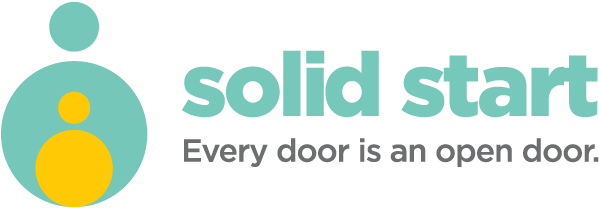What the Research Says
These key scientific concepts are the building blocks of the core story of child development. The science of early childhood is a source of new ideas that could be used to develop more effective policies & services focused on the early years of life.
Science tells us that early childhood is a time of both great promise and considerable risk. Having responsive relationships with adults, growth-promoting experiences, and healthy environments for all young children helps build sturdy brain architecture and the foundations of resilience. Meanwhile, significant disadvantages can disrupt the developmental process and lead to limited economic and social mobility that threatens the vitality, productivity, and sustainability of society.
Brain Architecture Early experiences affect the development of brain architecture, which provides the foundation for all future learning, behavior, and health.
Toxic Stress Toxic stress response can occur when a child experiences strong, frequent, and/or prolonged adversity—such as physical or emotional abuse, chronic neglect, caregiver substance abuse or mental illness, exposure to violence, and/or the accumulated burdens of family economic hardship—without adequate adult support.
Resilience Science tells us that some children develop resilience, or the ability to overcome significant adversity, while others do not.
Serve and Return Serve and return interactions shape brain architecture. When an infant or young child babbles, gestures, or cries, and an adult responds appropriately with eye contact, words, or a hug, neural connections are built and strengthened in the child’s brain that support the development of communication and social skills.
Executive Function & Self-Regulation Executive function and self-regulation skills are the mental processes that enable us to plan, focus attention, remember instructions, and juggle multiple tasks successfully.
